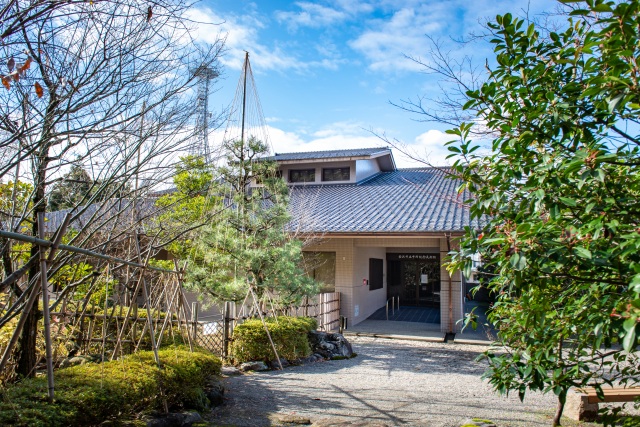Discover Kanazawa’s Hidden Gems: From Geisha Streets to Zen Serenity
Kanazawa is renowned for preserving its rich cultural legacy while embracing the modern era.
This thoughtfully curated 5-hour itinerary introduces visitors to the city’s finest traditional experiences, including designated heritage districts, historic temples, and contemporary architectural landmarks. Begin your journey at Nishi Chaya District and witness how Kanazawa continues to harmonize elegance, craftsmanship, and contemplation.
▶For lunch and cafe around Nishi Chaya District
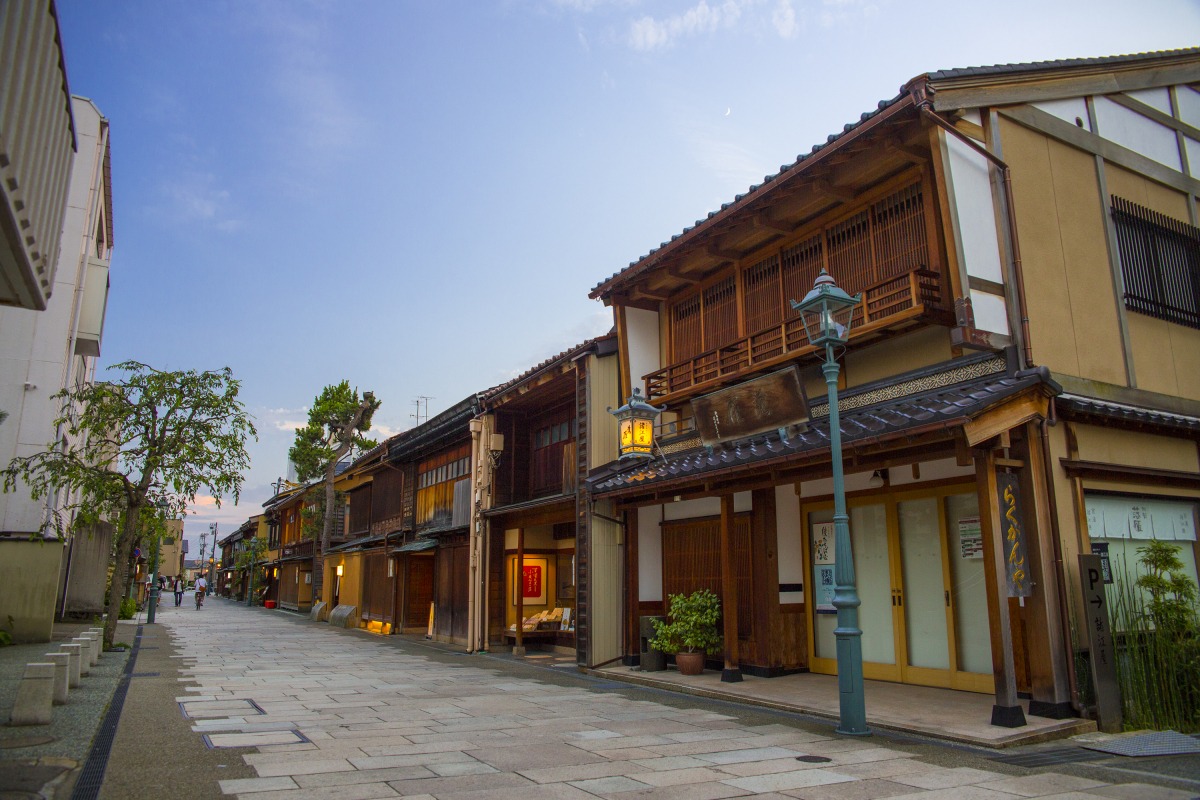
Approx. 15 minutes to Hirokoji (Teramachi Temple Area / Nishi Chaya District).
Nishi Chaya District
A Hidden Gem of Kanazawa’s Geisha Culture
Nishi Chaya District is one of the three famous geisha districts in Kanazawa, alongside Higashi Chaya and Kazue-machi. This historic area features elegant wooden teahouses, beautifully latticed second-story facades, and a nostalgic atmosphere that transports you to old Kanazawa.
In the evenings, you might see beautifully dressed geisha walking gracefully along the streets, accompanied by the distant sounds of the shamisen. Be sure to stop by the Nishi Chaya Shiryokan Museum, built on the site where writer Seijiro Shimada once lived.
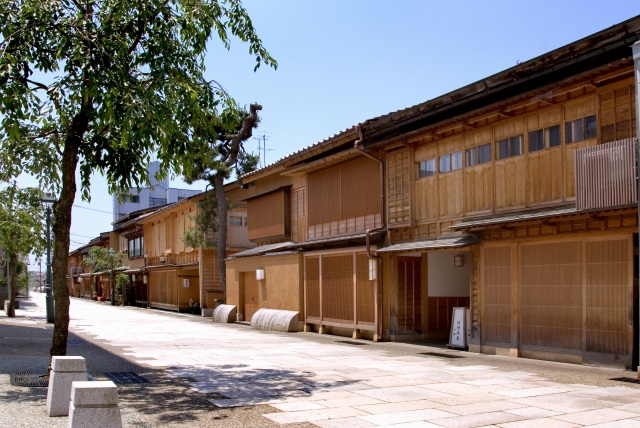
Teramachi Temple District
Kanazawa’s Largest Temple Complex
Just a 3-minute walk from Nishi Chaya lies Teramachi, the largest concentration of temples in Kanazawa. With around 70 historic temples, including:
- Myoryuji (Ninja Temple) – famous for hidden staircases and trapdoors
- Uhouin – connected to poet MURO Saisei
- Shogetsuji temple– known for its giant cherry tree (a Natural Monument)
This area is designated as an Important Preservation District for Historic Buildings and is also called Shizune no Komichi ("Path of Silent Echoes"). As the sun sets, the sound of temple bells fills the air—a scene recognized as one of the "100 Soundscapes of Japan."
For the unique experiene of samurai sprit
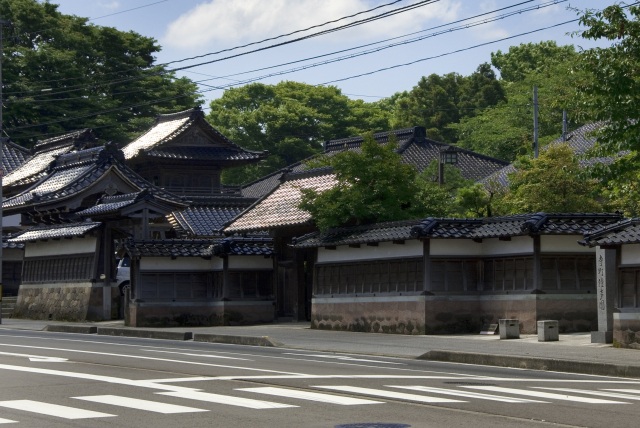
Myoryuji Temple(Ninja Temple)
Intrigue and Illusions
Known as the "Ninja Temple", Myoryuji is full of clever defense mechanisms:
- Trapdoor offertory boxes
- Hidden staircases
- A secret tunnel that once connected to Kanazawa Castle
Though it looks like a two-story building, it’s said to have seven levels, 23 rooms, and 29 staircases. Visits are available by reservation only, in a guided tour format.
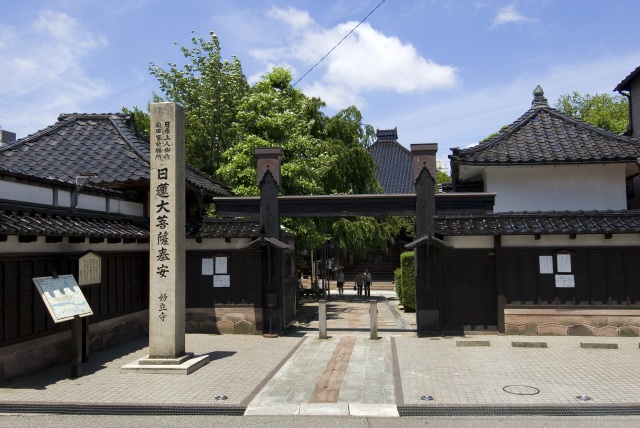
Yoshiro and Yoshio Taniguchi Museum of Architecture, Kanazawa
Honoring Yoshiro and Yoshio TANIGUCHI
A 2-minute walk away is the Kanazawa Yoshiro and Yoshio Taniguchi Memorial Museum of Architecture, opened in 2019.
The museum sits on the site of Yoshiro TANIGUCHI’s former residence and was designed by his son, Yoshio TANIGUCHI, known globally for his work on MoMA (NYC) and GINZA SIX (Tokyo).
Inside, you'll find a faithful reconstruction of rooms from the Akasaka Palace's Japanese Guest House—a fusion of traditional architecture and modern exhibition style. The museum also includes a design store with MoMA merchandise and original items.
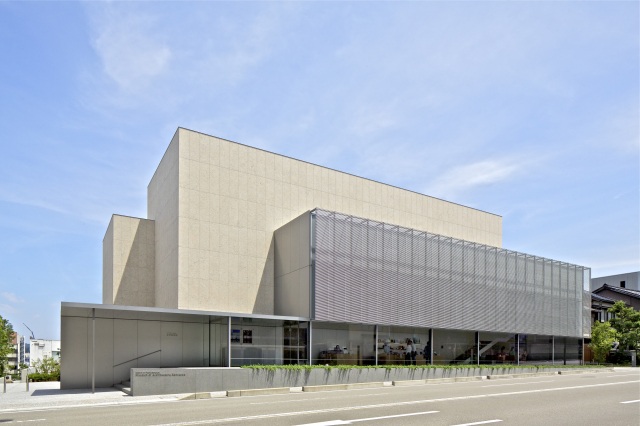
Walk approx. 5 minutes.
D.T. Suzuki Museum
A Space for Quiet Reflection
The D.T. Suzuki Museum is a tranquil space dedicated to Zen philosopher Daisetsu Teitaro Suzuki, a globally influential thinker from Kanazawa. The museum, designed by Yoshio Taniguchi, consists of:
- Exhibition Area
- Learning Area
- Contemplation Space connected by calm corridors
- Beautiful Japanese gardens like the Water Mirror Garden
This peaceful spot invites deep reflection, away from the bustle of daily life.
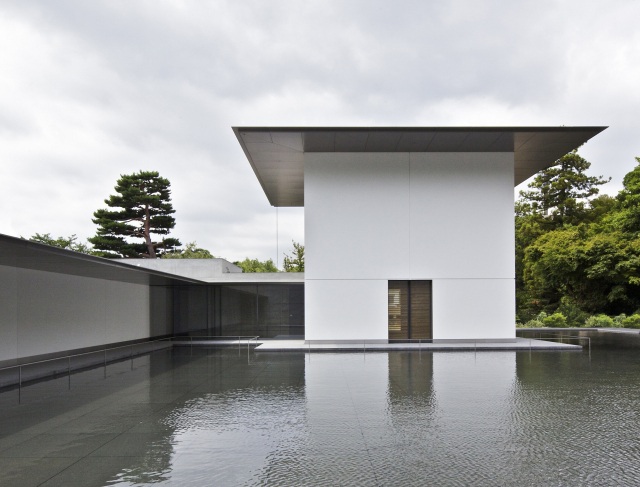
Scenic Walking Trails: Bijutsu no Komichi & Midori no Komichi
Walking paths to fully experience the changes of the four seasons
Enjoy a relaxing walk through the Art Path (Bijutsu no Komichi) and Green Path (Midori no Komichi) connecting nearby art museums. Along the way, you’ll find:
- The Tatsumi Waterway flowing quietly alongside
- The Old Honda Family Nagayamon Gate, a Registered Cultural Property
- The peaceful Shofukaku Garden, evoking the ambiance of a samurai residence
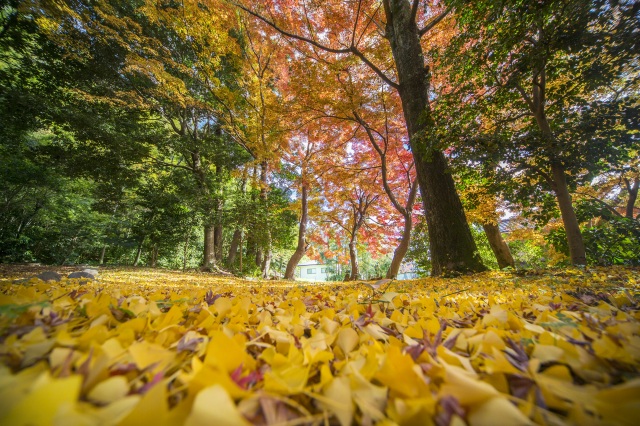
Kanazawa Nakamura Memorial Museum
Beauty of Tea and Craft
End your tour at the Nakamura Memorial Museum, a must-visit for fans of Japanese tea culture and traditional crafts. It houses over 1,000 artifacts, including:
- Edo-period paintings
- Kutani porcelain
- Kaga maki-e and inlay work
Relax at the tea room overlooking the museum’s serene garden, and enjoy matcha and seasonal sweets.
